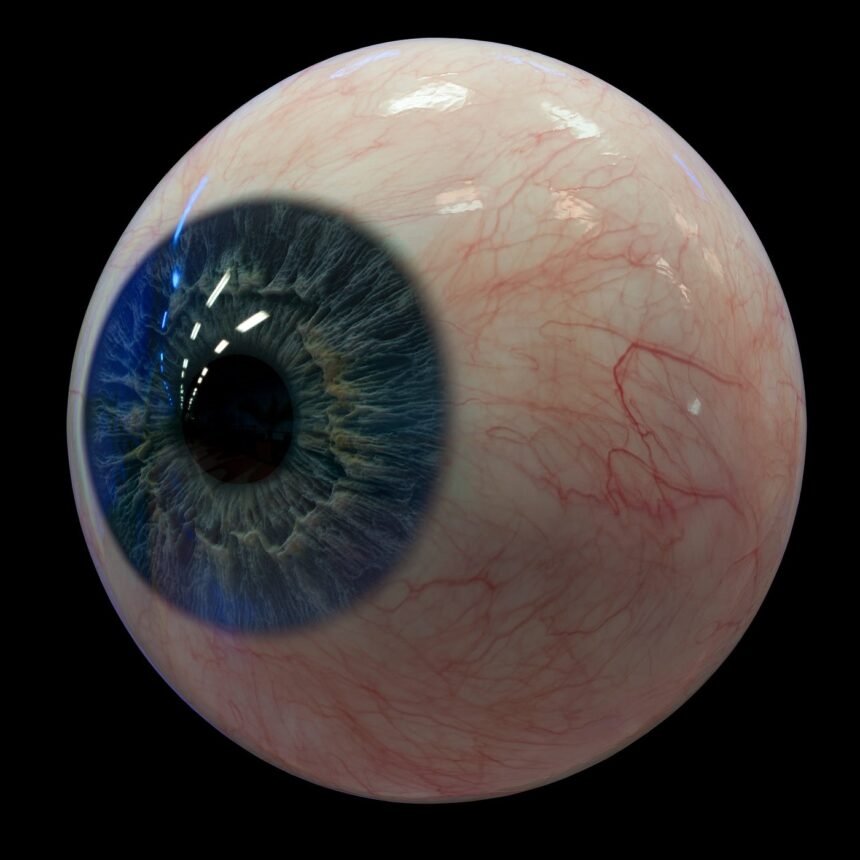Have you ever wondered why our eyeballs don’t fill up with water when we swim? It may seem like a silly question, but it actually reveals some interesting facts about the structure and function of our eyes. In this article, we will explain why our eyeballs are watertight, and how they allow us to see clearly underwater.
Eyeballs
The first thing to understand is that our eyeballs are not hollow spheres with holes in them. Rather, they are complex organs that consist of several layers and fluids that protect and support the vision process. The most visible part of our eye is the pupil, which is the black dot in the center of the iris (the colored part of the eye). The pupil is the opening that allows light to enter the eye, but it is not an uncovered hole. It is actually covered by a transparent layer of tissue called the cornea, which acts as the outermost lens of the eye. The cornea is very strong and flexible, and it helps to bend and focus the light rays that enter the eye. The cornea also forms a watertight seal that prevents any water or foreign objects from entering the eye. The cornea is nourished by tears and oxygen from the air, and it does not contain any blood vessels to avoid blocking the light.
Also read : Researchers Find That Bees Are Faster And Better Decision-Making Than Humans
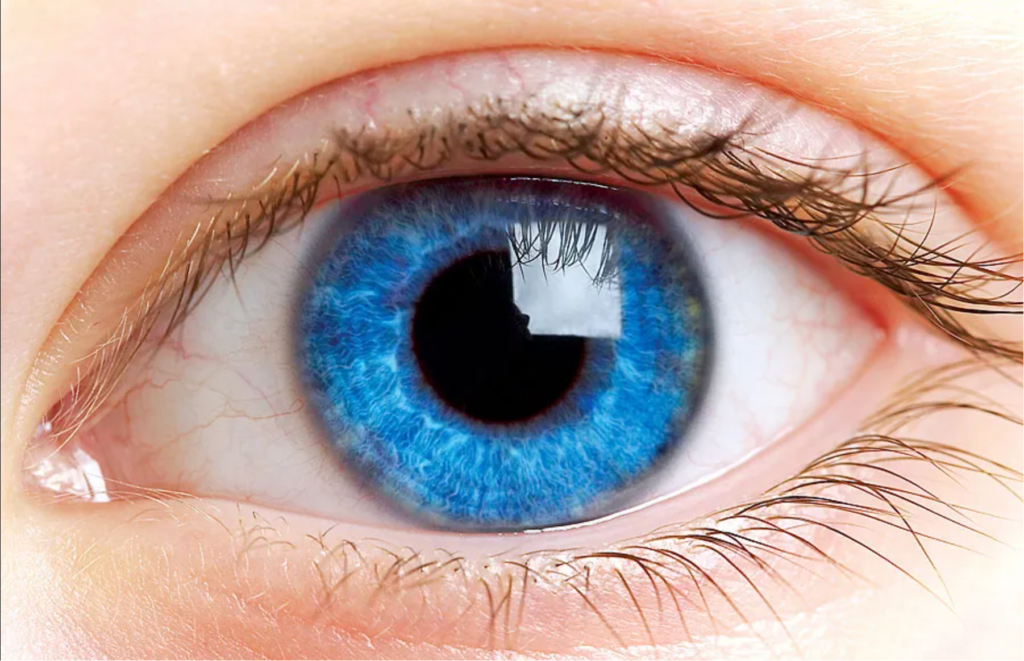
Eyeballs
Behind the cornea, there is a small space filled with a clear fluid called the aqueous humor. This fluid helps to maintain the pressure and shape of the eye, and to provide nutrients and oxygen to the cornea and the lens. The lens is another transparent structure that is located behind the pupil, and it is responsible for fine-tuning the focus of the light rays that reach the retina (the inner layer of the eye that contains the light-sensitive cells). The lens is held in place by a ring of muscles called the ciliary body, which can change the shape and thickness of the lens to adjust the focus for near or far objects. The lens is also sealed off from the outside world by the cornea and the aqueous humor, and it does not have any blood vessels either.
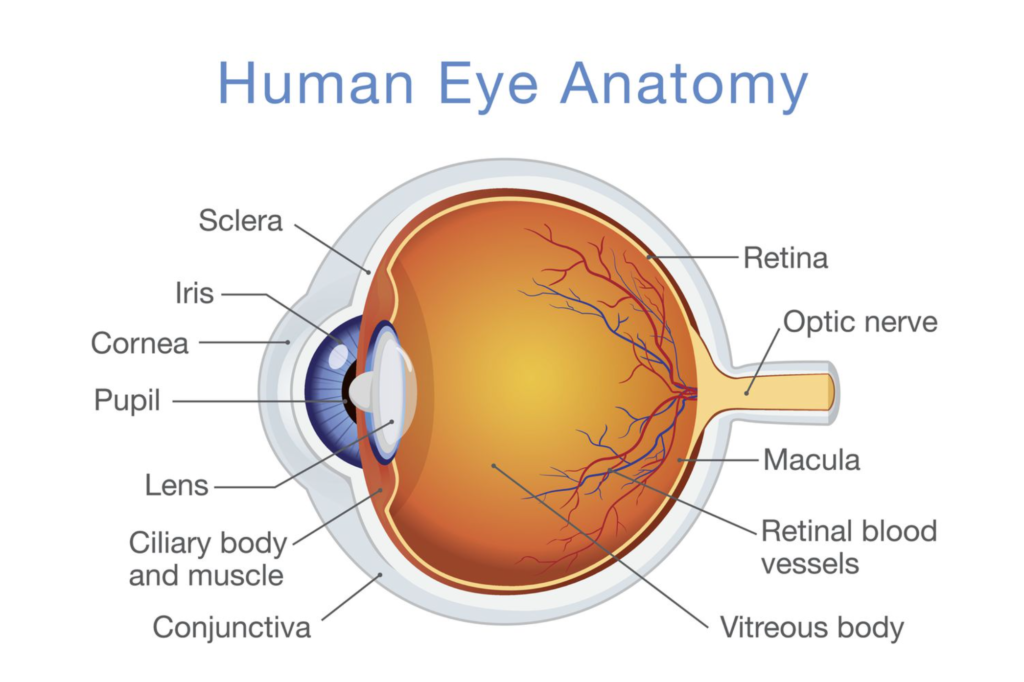
The largest part of the eye is the vitreous chamber, which occupies about two-thirds of the eye’s volume. This chamber is filled with a thick, jelly-like substance called the vitreous humor, which gives the eye its spherical shape and helps to keep the retina in place. The vitreous humor also acts as a shock absorber and a light filter, and it prevents the eye from collapsing or over-expanding. The vitreous humor is mostly water, but it also contains some proteins, salts, and cells. Unlike the aqueous humor, the vitreous humor does not circulate or renew itself, and it remains relatively stable throughout our lives.
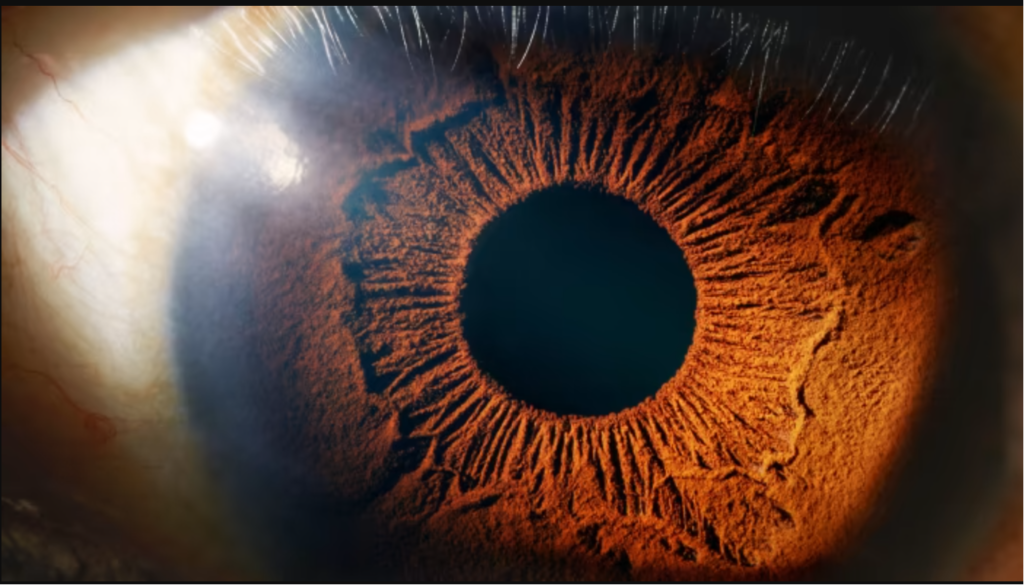
As you can see, our eyeballs are already filled with fluids that prevent any water from entering them when we swim. However, this does not mean that our eyes are unaffected by water. Water can still irritate our eyes by washing away the protective layer of tears that lubricates and cleanses the cornea. Water can also distort our vision by changing the refractive index of the light that passes through the cornea and the lens. This is why we see blurry and distorted images when we open our eyes underwater. To overcome this problem, we can wear goggles or contact lenses that create an air pocket between the eye and the water, and that restore the normal refraction of the light.
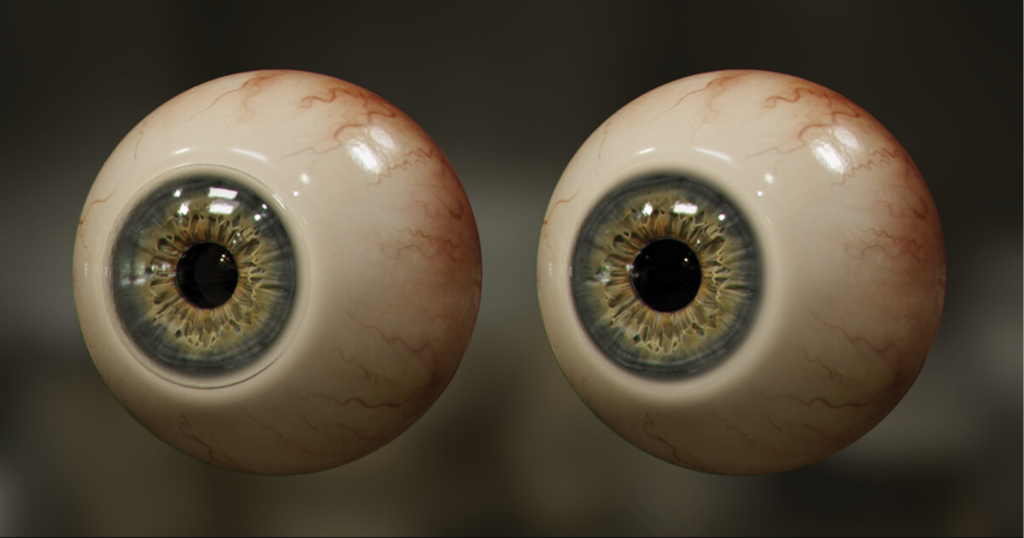
In conclusion, our eyeballs don’t fill up with water when we swim because they are already filled with fluids that seal and support them. These fluids are the cornea, the aqueous humor, the lens, and the vitreous humor, and they all play a vital role in the vision process. However, water can still affect our eyes by causing irritation and blurriness, and we can use goggles or contact lenses to protect and enhance our vision underwater.
Also read : Passive And Active Euthanasia: What’s The Difference?







